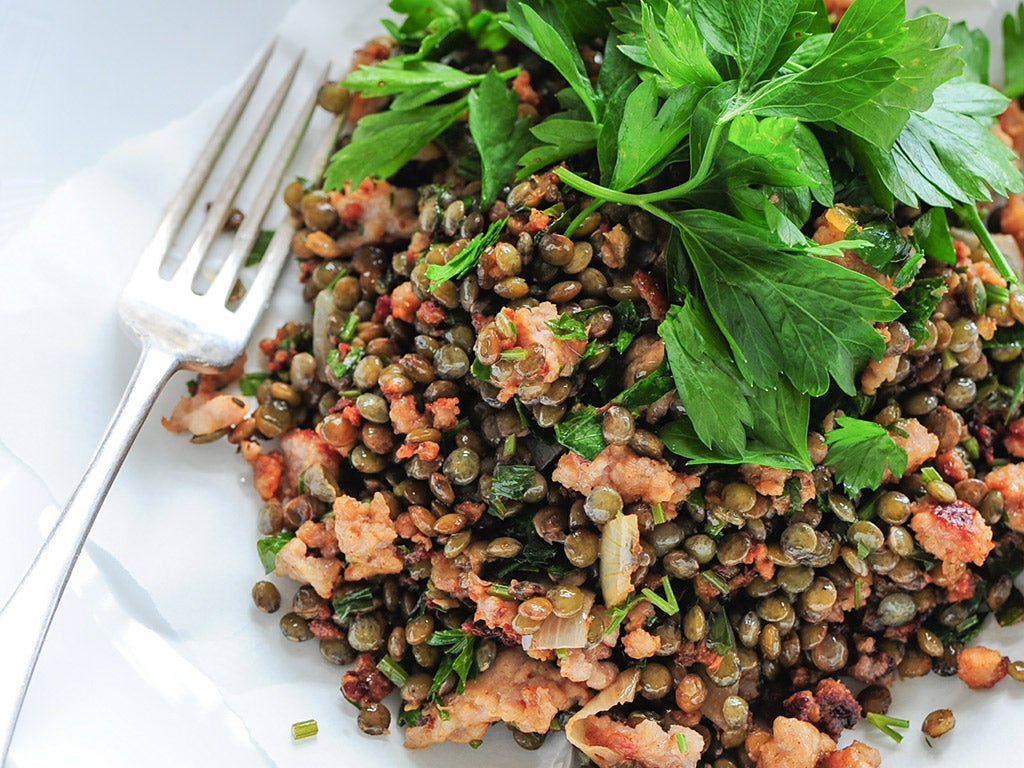Eating pulses helps weight loss and lowers cholesterol, new research reveals
Beans, peas, chickpeas and lentils make people feel fuller and vastly reduce ‘bad cholesterol’ levels

Your support helps us to tell the story
From reproductive rights to climate change to Big Tech, The Independent is on the ground when the story is developing. Whether it's investigating the financials of Elon Musk's pro-Trump PAC or producing our latest documentary, 'The A Word', which shines a light on the American women fighting for reproductive rights, we know how important it is to parse out the facts from the messaging.
At such a critical moment in US history, we need reporters on the ground. Your donation allows us to keep sending journalists to speak to both sides of the story.
The Independent is trusted by Americans across the entire political spectrum. And unlike many other quality news outlets, we choose not to lock Americans out of our reporting and analysis with paywalls. We believe quality journalism should be available to everyone, paid for by those who can afford it.
Your support makes all the difference.Eating pulses has long been known as a healthy option for losing weight, but they have also now been proven to keep the pounds off.
Just one serving a day – three-quarters of a cupful – of beans, peas, chickpeas or lentils is enough to contribute to modest weight loss by making people feel fuller and by vastly reducing “bad cholesterol” levels, according to new research.
Almost 1,000 adult men and women lost an average of 0.75lbs over six weeks by adding a single serving of pulses to their diet.
Unlike other diets or weight loss programmes, the study also showed that the effects occurred with little effort at cutting down on other foods.
Lead author Dr Russell de Souza, a researcher with the Li Ka Shing Knowledge Institute of St Michael's Hospital in Toronto, Canada, said: “Despite their known health benefits, only 13 per cent of Canadians eat pulses on any given day and most do not eat the full serving. So there is room for most of us to incorporate dietary pulses in our diet and realise potential weight management benefits.”
His team’s research, published on Wednesday in The American Journal of Clinical Nutrition, builds on previous work at the hospital which had showed eating a daily serving of pulses makes people feel fuller than if they ate a control diet.
Eating pulses can also significantly reduce LDL, or “bad”, cholesterol – named because it contributes to plaque, a thick, hard deposit that can clog arteries and make them less flexible - by five per cent and therefore lower the risk of cardiovascular disease.
Dr de Souza said that 90 per cent of weight loss interventions fail, resulting in weight regain, which may be due in part to hunger and food cravings.
“This new study fits well with our previous work, which found that pulses increased the feeling of fullness by 31 per cent, which may indeed result in less food intake,” he said.
“Though the weight loss was small, our findings suggest that simply including pulses in your diet may help you lose weight, and we think more importantly, prevent you from gaining it back after you lose it.”
How do I cook pulses?
Pulses can be bought tinned or dried – both are easy to use. Tinned pulses have already been soaked and cooked, so just heat them or add straight to salads cold from the tin, after draining.
Dried pulses need a little more preparation. With the exception of lentils and split peas, dried pulses need to be soaked in cold water before cooking.
Cooking times vary depending on the type of pulses and how old they are, so follow instructions. Dried kidney and soya beans contain toxins, so it’s important to make sure that they have been cooked properly, to destroy the toxin, before you eat them.
Join our commenting forum
Join thought-provoking conversations, follow other Independent readers and see their replies
Comments